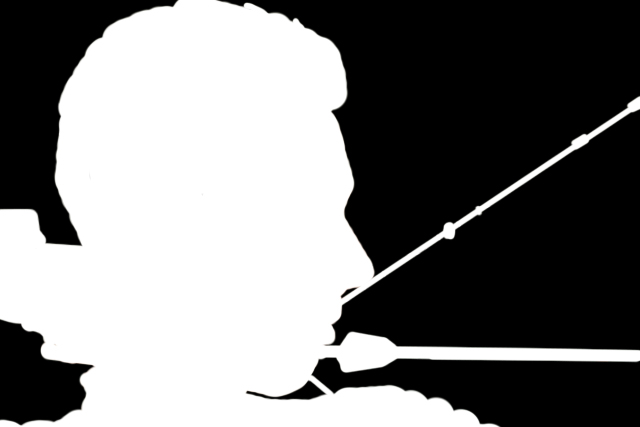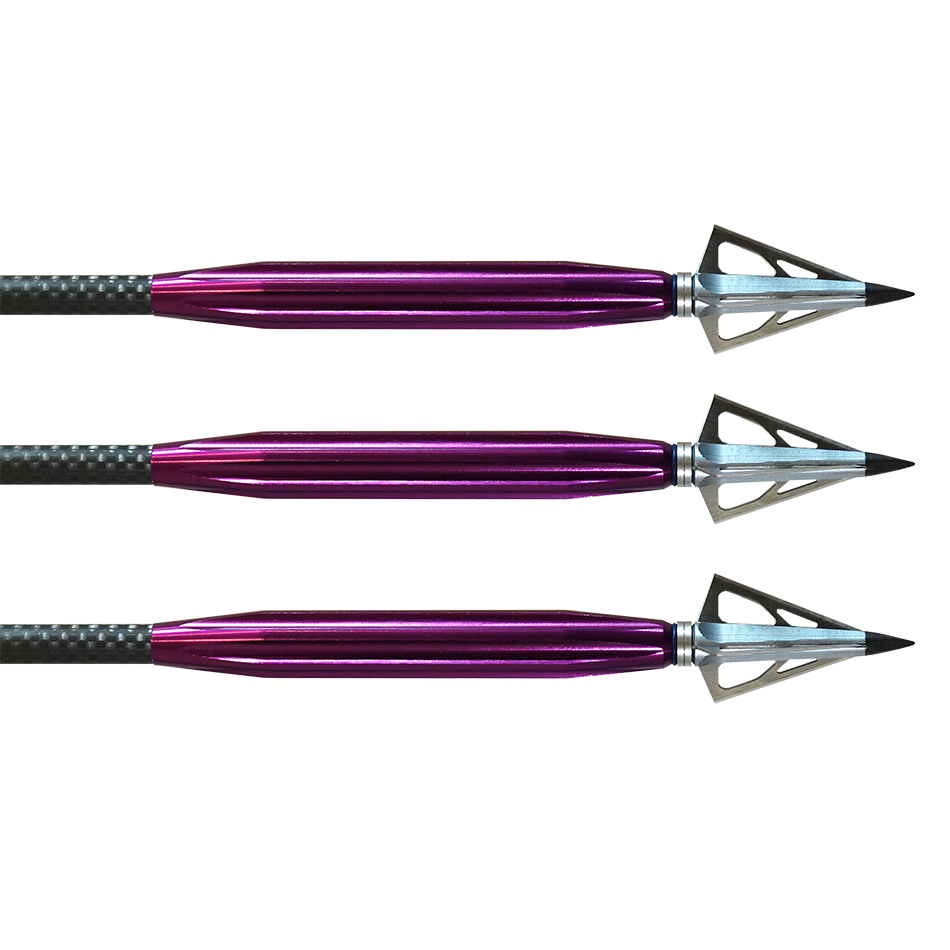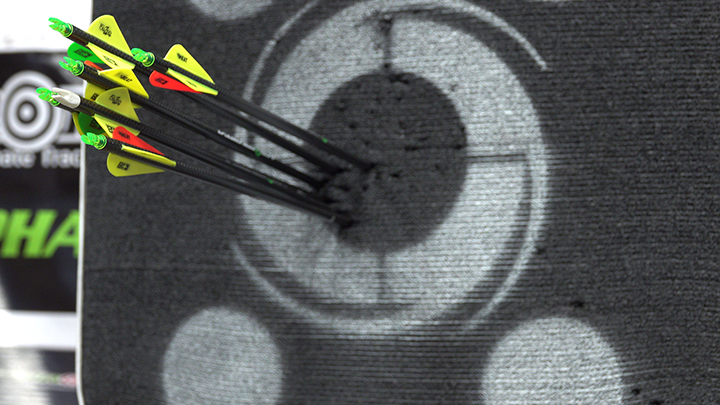When it comes to the life of an animal, it is imperative that we do all that we can to ensure that taking that life is quick, clean, and respectful. Nothing sold in the archery market will compensate for a poor shot, and that poor shot could mean the difference between a clean kill and a non-fatally injured animal. We’ve compiled a list of 9 archery Accuracy tips that you should use to increase your accuracy in archery. Whether you’re a seasoned veteran, a green novice, or even a competition archer only shooting at paper and foam, these tips will help you close the gaps between your arrows.
1. Get Consistent With Your Anchor Point

It’s easy enough to master your anchor point on the range or in your backyard. But what about if you’re wearing a heavy coat, or shooting from a tree stand? Different variables will change the way you anchor your bow, so practice anchoring in ways that simulate what it will be like out in the field. The average archer will raise and lower their bow arm to acquire and inclined or declined target. This changes the way that archer looks through their peep. An easy solution is to draw and anchor your bow as if you’re shooting on level ground, then bend at your back or hips.
If anchoring even on level ground is a struggle, consider installing a kisser or nose button. Supplementing your peep sight with a second point of reference will ensure a consistent anchor point, even when shooting from awkward positions.
2. Avoid the “Death Clench”

Properly gripping a bow starts before you even purchase one. When shopping for a bow, test the grip of each one. If anything feels “off” or foreign, eliminate that bow from your list of potentials.
Cold weather is most often was causes, even seasoned bow hunters, to grip their bow too tightly. Too much torque on the bow causes the string come out of line with the cams, which leads to the arrow shooting inconsistently.
The next thing to check is that you are gripping the bow appropriately. Many archers grip differently, but generally speaking you want the bow to rest in your hand, rather than being held by it. In other words, the bow should be on your hand, the same way a rifle would rest on a bi-pod.
3. Avoid Bow String Contact
Compared to our other archery accuracy tips, this one seems obvious. Keep sleeves, forearms, and any other potential point-of-contact away from the path of your bow string. However, when buck fever kicks in, and your shivering from the cold, wearing your large hunting coat, it is tough to keep in mind all of the potential hazards that lie in the way of your bow string.
Just as in finding your anchor, practice shooting in situations that you would find yourself hunting in. Get into a tree stand, wear what you’d wear hunting, draw and hold your bow for longer than you intended.
4. Set a Proper Draw Weight
The animal your hunting doesn’t care how strong you are. Neither should your hunting buddies. Don’t get caught up in showing off your draw weight on your bow, because chances are, it’s unnecessary and impractical.
Set your draw weight so that you can pull it back comfortably in awkward positions, cold weather, or filled with adrenaline. An accurate bow with a low draw weight is always more deadly than a bow you can’t pull back.
5. Don’t Punch the Trigger
These are as much archery accuracy tips as they are firearm accuracy tips. Just as in firing a long range riffle, subtlety and fluidity is the key to an accurate shot with a bow. Pulling the trigger should be deliberate and smooth. Punching or jerking the trigger will alter your shot just enough to make a big difference, especially the farther away from your target you are.
Avoid anticipating your shot. Take a breath, clear your head and pull the trigger.
6. Practice With Broadheads

https://pro-tracker.com/product/bad-boys-pack-of-3/
Too many people assume that their broadheads will shoot the same way their field tips do. Rarely is this the case. Most hunters find it necessary to practice with their broadheads until they find that they are getting the same grouping as they do with their field points. This is crucial for making that shot count when you’re adrenaline is kicking in.
In some cases, equipment may be to blame for a missed shot. However, that doesn’t excuse the archer from doing all that they can to be as effective with their equipment as possible.
7. Embrace the Meltdowns
Every hunter experiences buck fever. If anyone tells you that they don’t their lying to you. Even the pros and the competition archers experience fear and adrenaline that causes their bow arm to shake. It’s important in these cases to not lie to yourself and ignore the feelings. Accept that you’re nervous as hell and adapt.
Replicating the high-stakes emotions of a hunting scenario are difficult, and it’s up to you do determine if and how you want to simulate that. Just remember that no amount of preparation will stop you from getting nervous when that buck comes into your sights. And be ok with that.
8. Avoid Low-Percentage Shots

Matt True, a successful bowhunter once said in a conversation with Darron McDougal of Grand View Outdoors, “Tree limbs, misjudged distances and poor shot angles all become factors when hunters force shots,” he said. “When an animal you want to harvest comes within range, the temptation to shoot can be overwhelming. But, if a tree limb obstructs the vitals or the animal doesn’t present a high-percentage opportunity, letting it walk away could be your best chance to harvest it another day. If you miss or make a poor hit due to forcing a shot, it’s possible you’ll never see it again.”
No amount preparation or reading archery accuracy tips should allow for low percentage shots. I don’t care how much you’ve practiced; taking a bad, low-percentage shot is impermissible. In fact, it’s downright unethical and portrays a poor image for hunters and the hunting community. Take only shots you know you can make. It’s your responsibility.
9. Create a range
There’s no substitution for practice, practice, practice. It’s nearly the golden rule of archery. It’s difficult to practice without your own range set up in your backyard. And it’s much easier than it looks! Creating a Backyard Archery Range is an awesome article if you’re still wondering how in the world you’re going to set up a range in your backyard.